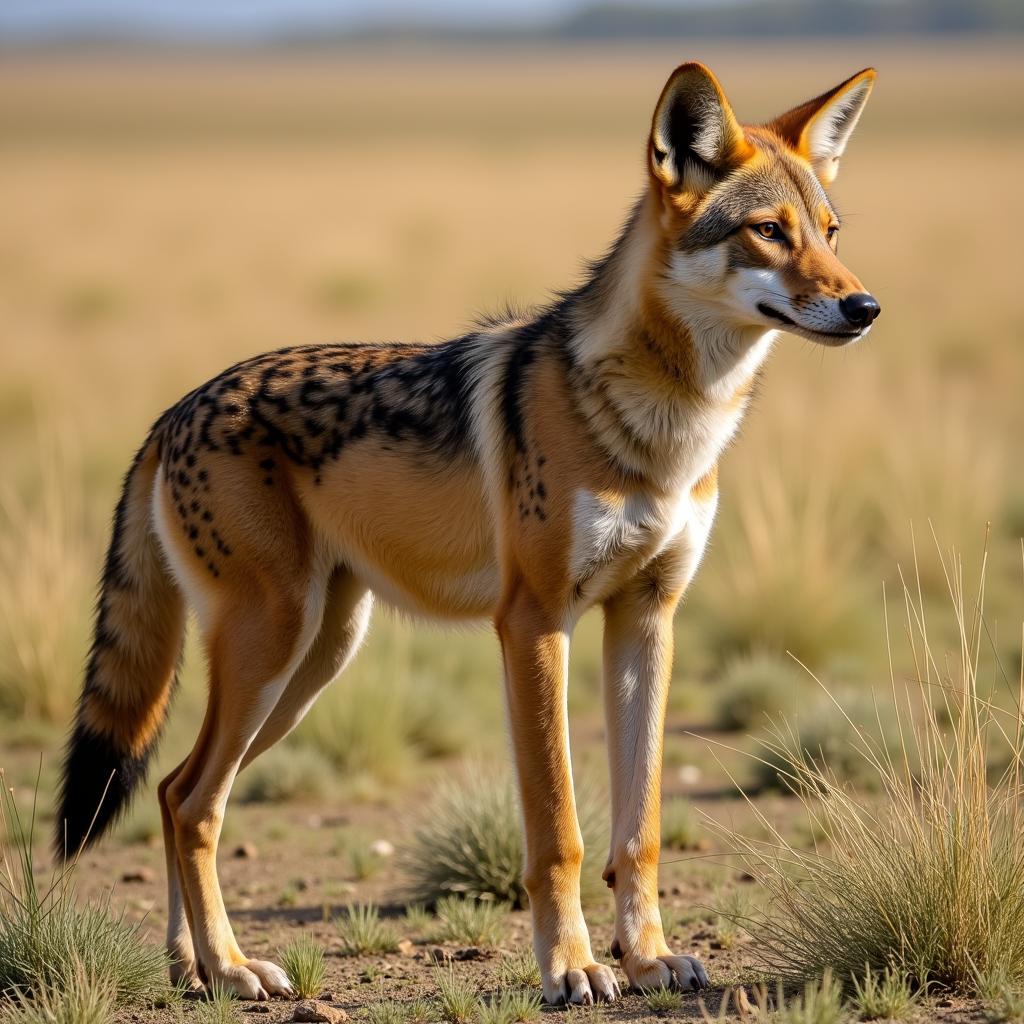Understanding the African Armyworm Moth
The African Armyworm Moth, Spodoptera exempta, is a notorious pest across sub-Saharan Africa, known for its devastating impact on crops and pastures. These moths are migratory, capable of traveling long distances, and their larvae, the armyworms, can decimate entire fields in a matter of days. Understanding their life cycle, behavior, and control methods is crucial for mitigating their impact.
The Life Cycle of the African Armyworm Moth
The African armyworm moth undergoes a complete metamorphosis, transitioning through four distinct stages: egg, larva (armyworm), pupa, and adult moth. The adult moths are nocturnal and lay their eggs in clusters on grasses and crops.
The larvae hatch after a few days and begin feeding voraciously. They are highly mobile, moving in “armies” across fields, hence their name. This larval stage is the most destructive, lasting for about two weeks. After this feeding frenzy, they burrow into the soil to pupate.
The pupal stage lasts for one to two weeks, after which the adult moth emerges to repeat the cycle. This rapid life cycle allows for multiple generations in a single growing season, leading to significant crop losses if left unchecked. african armyworm This rapid multiplication is a key factor in their destructive potential.
The Devastating Impact of Armyworms
The armyworms have a wide host range, including staple crops like maize, sorghum, millet, and rice, as well as pasture grasses. The economic impact of their outbreaks can be severe, especially for subsistence farmers who rely heavily on these crops for their livelihoods.
“Armyworm outbreaks can have a devastating ripple effect on communities,” explains Dr. Khadija Hassan, an entomologist specializing in pest management in East Africa. “Food security is compromised, livestock suffer from lack of pasture, and economic hardship can push families into poverty.”
Predicting and Managing African Armyworm Outbreaks
Early detection and swift action are crucial for managing armyworm infestations. Monitoring moth populations using light traps and pheromone traps can help predict outbreaks. Regular field scouting for egg masses and larvae is also essential. african armyworm control Control measures include the application of insecticides, biopesticides, and the use of cultural practices like crop rotation and intercropping.
What causes African armyworm outbreaks?
Outbreaks are often linked to specific weather patterns, particularly periods of heavy rainfall following dry spells, which create favorable conditions for breeding.
How can I identify armyworms in my field?
Look for the characteristic “army” of larvae moving across the field, devouring leaves, and leaving behind a trail of destruction. The larvae themselves are typically green or brown with distinct stripes.
“Integrated pest management strategies, which combine various control methods, are most effective in the long run,” adds Dr. Hassan. “This approach minimizes the use of chemical pesticides and promotes sustainable agricultural practices.”
The Role of Climate Change
Changes in rainfall patterns and temperature due to climate change are expected to influence the distribution and frequency of armyworm outbreaks. Understanding these dynamics is vital for developing effective adaptation strategies.
Conclusion
The African armyworm moth poses a significant threat to food security in Africa. Effective management of this pest requires a multi-pronged approach involving monitoring, early detection, and integrated control strategies. Continued research and collaboration are essential to combat the evolving challenges posed by this destructive pest and ensure sustainable agricultural practices for the future.
FAQ
- What is the lifespan of an African armyworm moth? The entire life cycle, from egg to adult moth, typically lasts around 4-6 weeks.
- Are armyworms found only in Africa? While the African armyworm is specific to Africa and surrounding islands, there are other armyworm species found in other parts of the world.
- What is the most effective way to control armyworms? Integrated pest management strategies, combining various methods like biopesticides and cultural practices, offer the most sustainable and effective control.
- How does climate change affect armyworm outbreaks? Changes in rainfall patterns and temperature can influence the distribution and frequency of outbreaks.
- What are the signs of an armyworm infestation? Look for groups of larvae moving across fields, devouring leaves, and leaving behind significant crop damage.
- What do armyworms eat? They have a broad host range, including staple crops like maize, sorghum, millet, and rice, as well as pasture grasses.
- How can I prevent armyworm infestations? Regular field scouting, monitoring moth populations, and implementing preventative measures like crop rotation can help reduce the risk of infestations.
For further assistance, please contact us: Phone: +255768904061, Email: kaka.mag@gmail.com Or visit us at: Mbarali DC Mawindi, Kangaga, Tanzania. We have a 24/7 customer service team.

